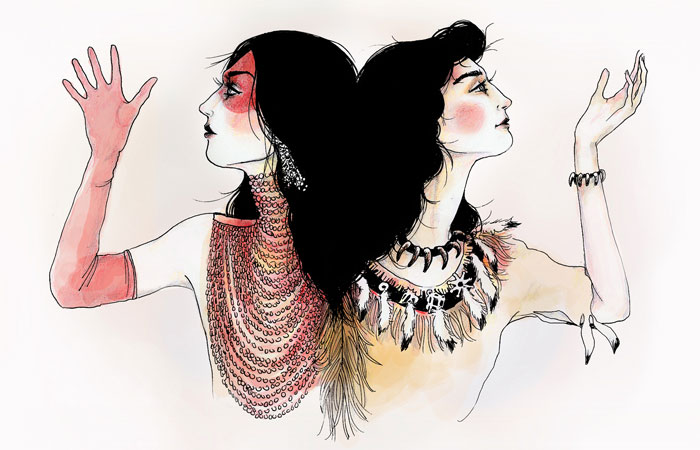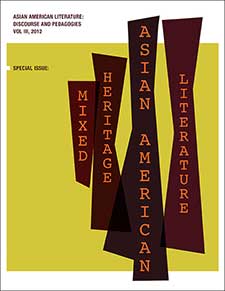Classifying racial and ethnic group data in the United States: the politics of negotiation and accommodationPosted in Articles, Census/Demographics, Media Archive, Politics/Public Policy, United States on 2012-10-12 21:26Z by Steven |
Journal of Government Information
Volume 27, Issue 2 (March-April 2000)
pages 129–156
DOI: 10.1016/S1352-0237(00)00131-3
Alice Robbin, Associate Professor of Library and Information Science
Indiana University, Bloomington
“Standards for Maintaining, Collecting, and Presenting Federal Data on Race and Ethnicity,” formerly known as “Statistical Policy Directive 15,” is a classification system that has formed the basis of the U.S. government’s collection and presentation of data on race and ethnicity since 1977. During the mid-1990s, it underwent a public evaluation to determine whether the racial and ethnic group categories should be revised. This article examines the history of Statistical Policy Directive 15 from its origins through October 1997 and evaluates its consequences on political, economic, and social life. Among the many lessons that government information specialists can take away from the history of Statistical Policy Directive 15 is that classification systems are not neutral tools that objectively reflect and measure the empirical world. Classification systems cannot be isolated from the larger political setting. They are tightly linked to public policies, and, in the case of racial and ethnic group classification, they constitute highly contested social policy about which there is little public consensus.
…The Directive mandated minimum data collection for race and ethnic origin for civil rights compliance monitoring, general program administrative and grant reporting requirements that included racial or ethnic data, and statistical reporting for “federal sponsored statistical data collection where race and/or ethnicity is required.” The Directive cautioned, however, that the standard was not to be used to determine eligibility for participating in any federal program, nor were the categories to be construed as representing biological or genetic racial origins.
Four racial categories (American Indian or Alaskan Native, Asian or Pacific Islander, Black/Negro, and White) and one ethnic origin category (Hispanic) were created, along with rules for nomenclature and membership in the categories. The ethnic category of “Hispanic origin, Not of Hispanic origin” was included to comply with Public Law 94-311 of June 16, 1976 (90 Stat. 688), which required the collection, analysis, and publication of statistics for Americans of Spanish origin or descent. See Table 1 for the category names and definitions that were adopted for the minimum standard and Table 2 for the minimum standard adopted for the combined items of race and Hispanic origin.
People of biracial or multiracial heritage were required to select one category that “most closely reflect[ed] the individual’s recognition in his community”. The Directive recommended, but did not require, that self-identification be the preferred manner of data collection, although it had been standard operating practice for agencies to assign racial and ethnic group identity by observer rather than by respondent self-identification. This recommendation for self-identification established, for the first time in the history of governmental record keeping, the individual respondent as the authoritative source for personal racial identity…
…The release of the July 1997 Notice by OMB altered the public positions of nearly all the major stakeholders. In a complete turn-about, the federal agencies, including the agencies that monitored civil rights compliance, and all the minority population interest groups, expressed unanimous support for the Interagency Committee’s recommendations. Project RACE, the activist multiracial interest group that had successfully mobilized local and state groups throughout the country, stood alone in its rejection of the Interagency Committee’s recommendation of a checkoff for a multiple race response as a solution to the multiracial category. The Project RACE spokeswoman [Susan Graham] argued that the proposed method of tabulating multiple responses to the race item was “discriminatory,” and was designed to “uphold the one-drop rule and satisfy the minority communities”…
Read the entire article here.



